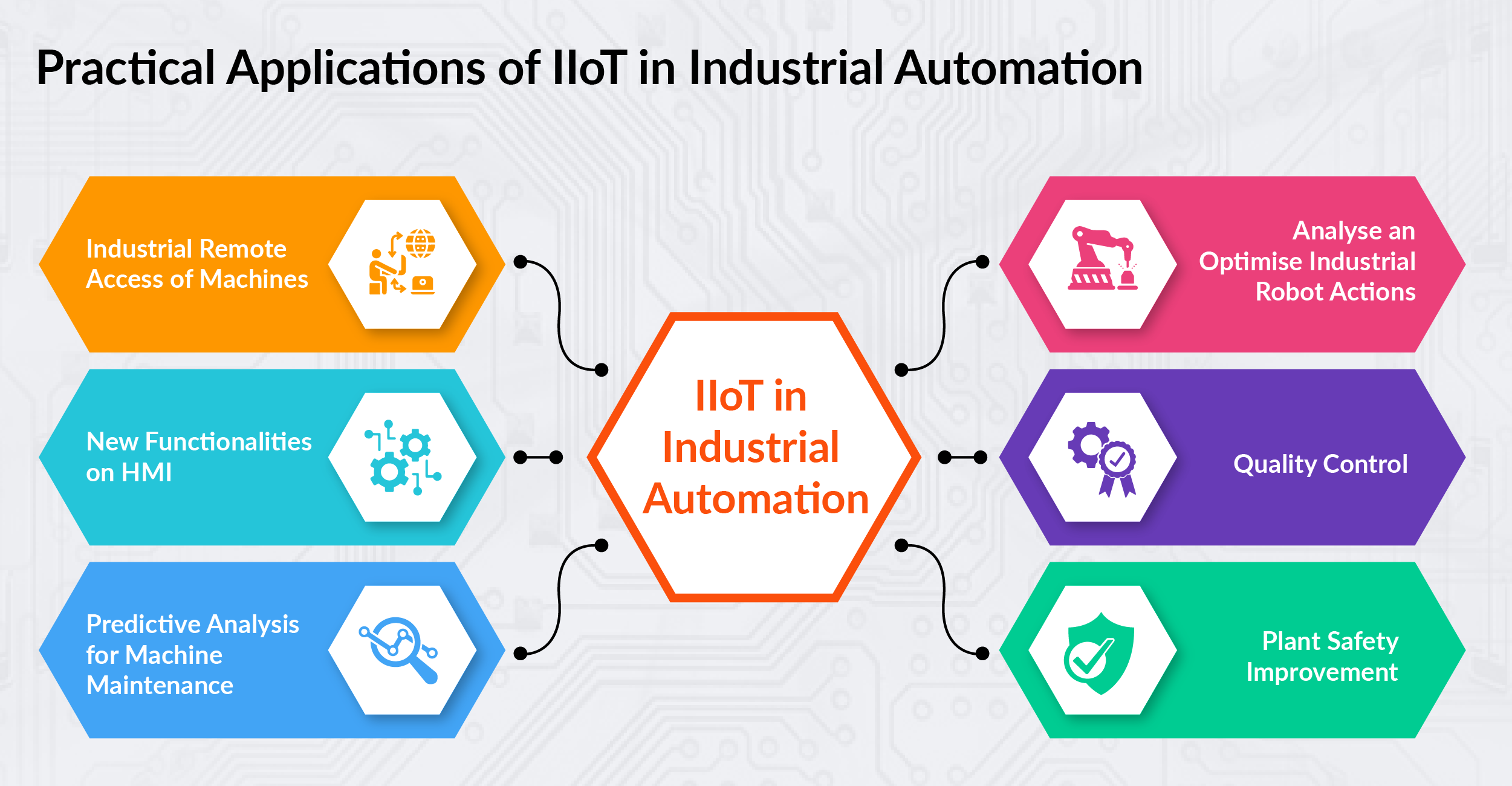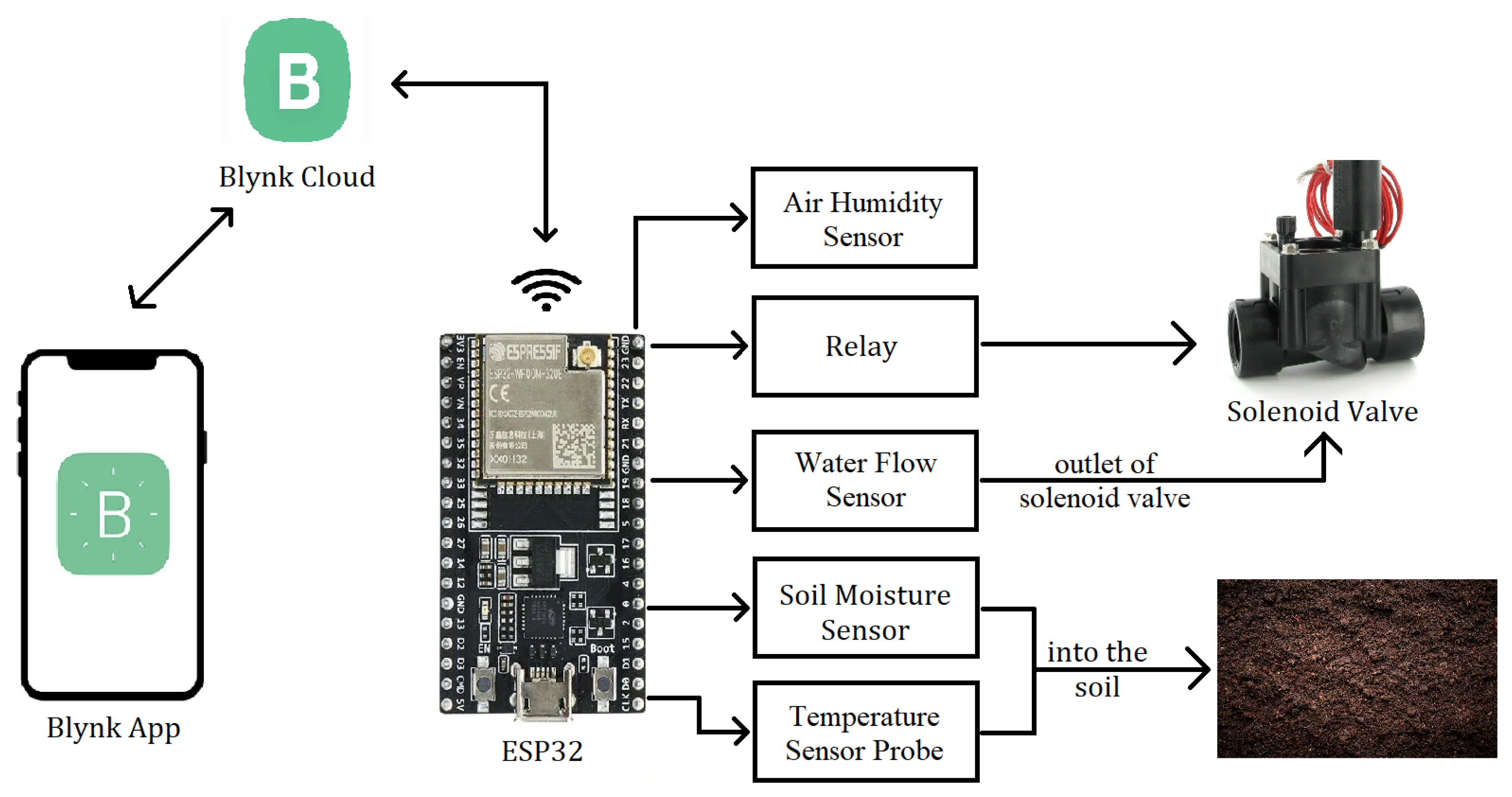In today's hyper-connected world, the Internet of Things (IoT) has transformed the way devices communicate and interact. IoT device batch jobs serve as a cornerstone of automation, streamlining repetitive tasks, enhancing operational efficiency, and optimizing resource utilization within IoT ecosystems. This article will explore the importance of batch jobs in IoT, offering practical examples and valuable insights to help you fully harness the power of automation.
The proliferation of IoT has revolutionized industries by enabling seamless communication between devices. However, managing the vast amounts of data generated by these devices can be daunting without robust automation strategies. IoT device batch job examples provide a solution by automating data processing tasks, empowering businesses to focus on innovation rather than manual operations.
As we delve into the intricacies of IoT automation, this article will equip you with a comprehensive understanding of how batch jobs function within IoT systems. Whether you're a developer, business owner, or technology enthusiast, this guide will provide the knowledge needed to unlock the full potential of automation in your IoT projects.
Read also:Exploring The World Of Hollywood Dubbed Movies A Comprehensive Guide
Understanding IoT Device Batch Jobs
An IoT device batch job refers to the automated execution of tasks involving multiple IoT devices in a scheduled or event-driven manner. These jobs are meticulously designed to handle large volumes of data efficiently, ensuring that processes are completed without the need for manual intervention. By leveraging batch processing, organizations can significantly streamline operations, reduce costs, and enhance overall system performance.
Key Characteristics of IoT Batch Jobs
- Scalability: IoT batch jobs are inherently scalable, capable of handling increasing amounts of data as the number of connected devices grows.
- Efficiency: Automation eliminates the need for manual intervention, enabling systems to operate at peak efficiency.
- Reliability: Batch jobs ensure that data processing tasks are completed with precision and consistency, minimizing errors.
Why Automation is Crucial in IoT Systems
Automation in IoT systems is not merely a convenience; it is a necessity. The sheer volume of data generated by IoT devices demands efficient processing solutions. IoT device batch job examples demonstrate how automation can be leveraged to manage complex workflows, ensuring that systems remain responsive, reliable, and capable of meeting the demands of modern businesses.
Benefits of Automation in IoT
- Cost Reduction: By automating repetitive tasks, businesses can significantly reduce labor costs and allocate resources more strategically.
- Improved Accuracy: Automated processes minimize human error, ensuring that data is processed accurately and consistently every time.
- Enhanced Scalability: Automation allows IoT systems to scale seamlessly, adapting effortlessly as the number of connected devices increases.
Real-World IoT Device Batch Job Examples
To better grasp the practical applications of IoT device batch jobs, let's explore some real-world examples. These scenarios illustrate how automation can be implemented across various industries to optimize operations and improve efficiency.
Example 1: Smart Agriculture
In smart agriculture, IoT sensors continuously monitor critical factors such as soil moisture, temperature, and humidity levels. A batch job can be scheduled to periodically analyze this data, providing actionable insights that help farmers make informed decisions about irrigation and fertilization. This automation ensures that crops receive optimal care, leading to increased yields and reduced resource wastage.
Example 2: Industrial IoT
In the manufacturing sector, IoT devices play a pivotal role in monitoring production lines for quality control and predictive maintenance. A batch job can process this data to identify potential issues before they escalate into costly downtime. By automating these processes, manufacturers can enhance productivity, reduce maintenance costs, and improve overall efficiency.
Best Practices for Implementing IoT Batch Jobs
Successfully implementing IoT device batch jobs requires meticulous planning and execution. Here are some best practices to consider:
Read also:Alaina Ellis A Trailblazer In The Creator Economy
- Define Clear Objectives: Clearly outline the goals of your batch job to ensure alignment with overarching business objectives.
- Choose the Right Tools: Select appropriate software and platforms that support batch processing in IoT systems, ensuring compatibility and scalability.
- Monitor Performance: Continuously monitor batch job performance to identify and address any issues promptly, maintaining system reliability.
Addressing Challenges in IoT Batch Processing
While IoT device batch jobs offer numerous advantages, they also present challenges that need to be addressed. Some common challenges include:
- Data Security: Ensuring the security of data during batch processing is essential to safeguard sensitive information from unauthorized access.
- System Scalability: As the number of IoT devices grows exponentially, ensuring that batch jobs can scale effectively becomes increasingly crucial.
- Interoperability: Integrating batch jobs with existing systems and devices can be complex, requiring thorough planning and seamless execution.
Emerging Trends in IoT Automation
The future of IoT automation is filled with promise, driven by emerging technologies that are reshaping the landscape of batch job implementation. Some key trends to watch include:
Trend 1: Edge Computing
Edge computing revolutionizes data processing by enabling it to occur closer to the source, significantly reducing latency and enhancing efficiency. This technology is poised to play a pivotal role in elevating the performance of IoT batch jobs, offering faster and more reliable processing capabilities.
Trend 2: Artificial Intelligence
AI-driven automation will empower IoT systems to learn and adapt over time, improving the accuracy and effectiveness of batch jobs. This advancement will unlock new possibilities for optimizing IoT operations, driving innovation and efficiency across industries.
Tools and Platforms for IoT Batch Jobs
A variety of tools and platforms are available to facilitate the implementation of IoT device batch jobs. Some popular options include:
- AWS IoT: Amazon Web Services offers a robust platform for managing IoT devices and automating batch jobs, providing scalability and flexibility.
- Azure IoT Hub: Microsoft Azure provides a comprehensive suite of tools for IoT automation, including advanced batch processing capabilities.
- Google Cloud IoT Core: Google's cloud platform supports IoT device management and batch job execution, ensuring seamless integration with other services.
Data and Statistics Supporting IoT Automation
According to a report by Statista, the global IoT market is projected to reach a staggering $1.5 trillion by 2030. This growth highlights the increasing importance of automation in IoT systems. Additionally, a survey by McKinsey reveals that companies leveraging IoT automation achieve an average cost reduction of 20-30% in their operations, underscoring the tangible benefits of automation.
Conclusion
In conclusion, IoT device batch job examples underscore the transformative potential of automation in IoT systems. By automating repetitive tasks, businesses can enhance efficiency, reduce costs, and elevate overall system performance. As we continue to explore the possibilities of IoT automation, staying informed about emerging trends and best practices will be critical for achieving success in this rapidly evolving landscape.
We invite you to share your thoughts and experiences with IoT automation in the comments section below. Additionally, feel free to explore other articles on our site for more insights into the world of IoT and technology.
Table of Contents
- Understanding IoT Device Batch Jobs
- Why Automation is Crucial in IoT Systems
- Real-World IoT Device Batch Job Examples
- Best Practices for Implementing IoT Batch Jobs
- Addressing Challenges in IoT Batch Processing
- Emerging Trends in IoT Automation
- Tools and Platforms for IoT Batch Jobs
- Data and Statistics Supporting IoT Automation
- Conclusion


